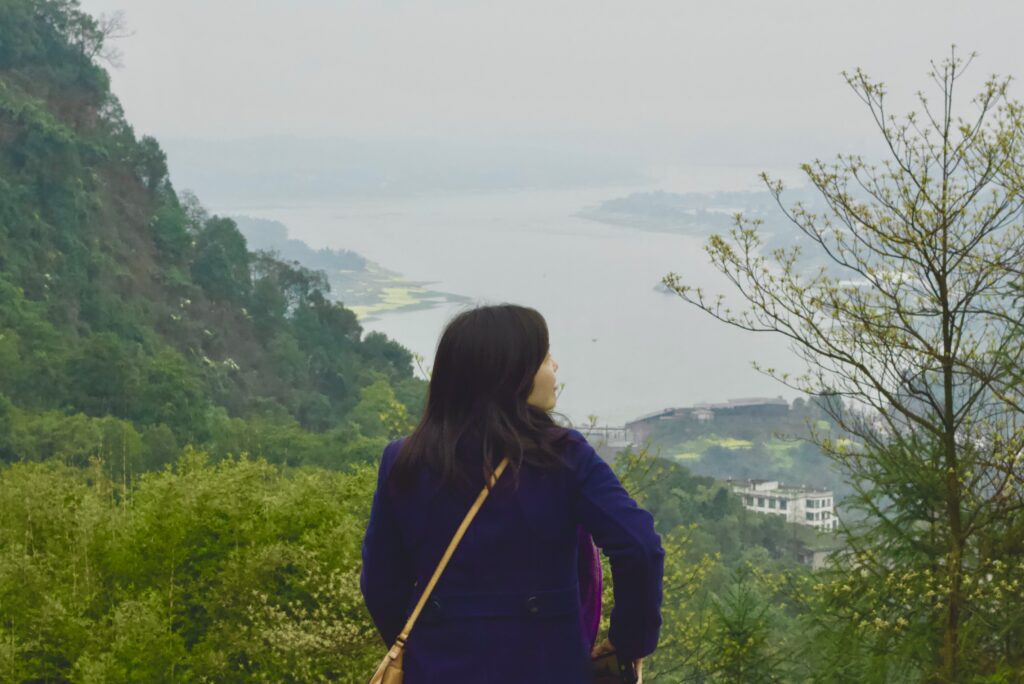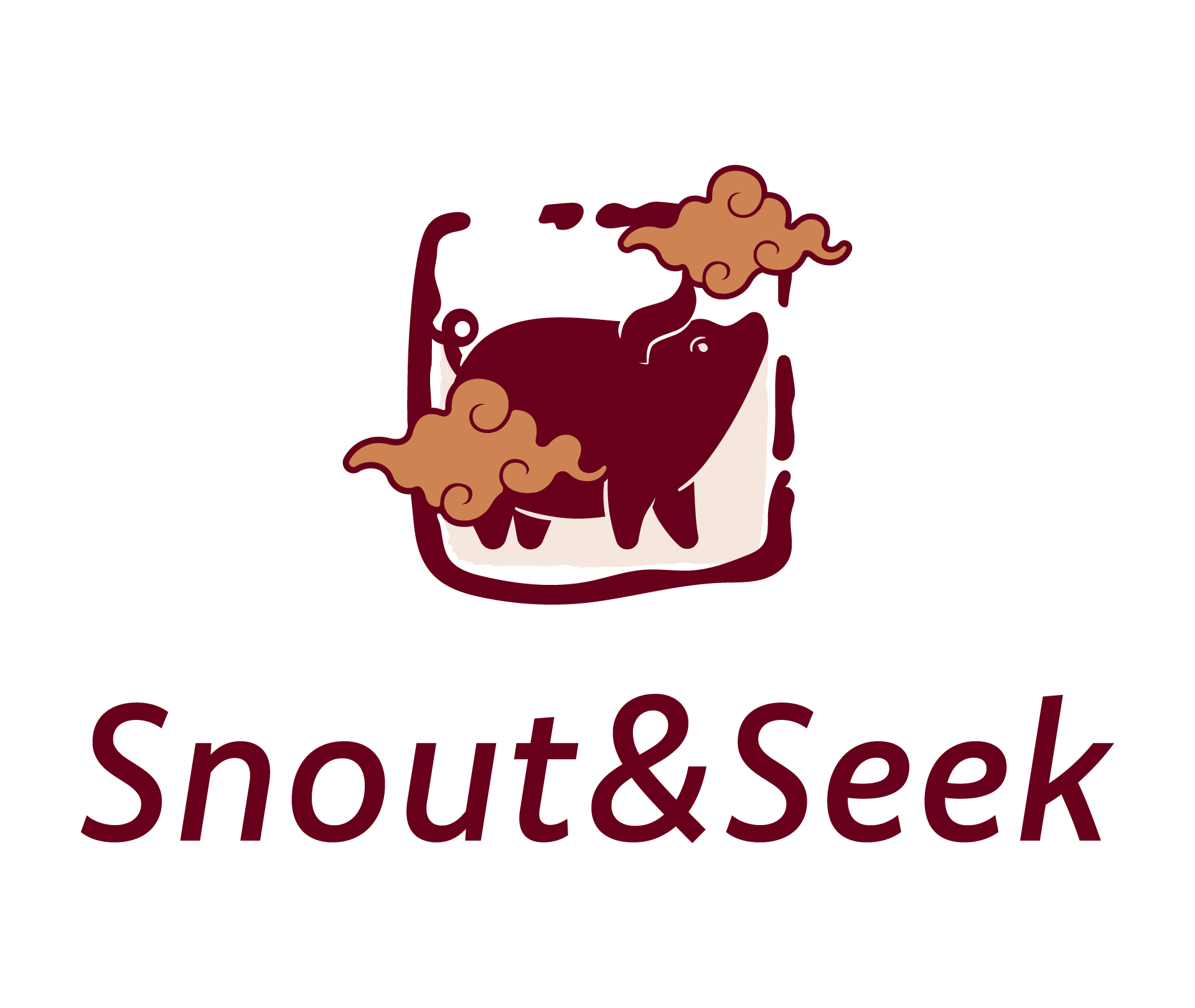The whole story starts from curiosity.
With an interest in people’s lives and their mental states, as well as why they are behaving certain ways, I began exploring these questions from a new perspective – food. As the old cliché says, you are what you eat. Growing up as an Asian daughter, food was the main way my parents expressed their love. But it wasn’t until my adulthood that I realized this. For the longest time, I was confused and troubled – why couldn’t they say “I love you” more openly?
After watching Julia Child’s story and see how she used food as her way of expressing love and challenging prejudice in a disconnected world. It dawned on me: food doesn’t just nourish the body—it tells the story of a people, their history, and their culture. That was the spark that led me to begin my journey at Le Cordon Bleu.

(Child with other chefs and students at Le Cordon Bleu. Photograph by Paul Child. © Schlesinger Library, Radcliffe Institute, Harvard University (olvwork535349).)
Beyond meeting the basic needs of Maslow’s Hierarchy of Needs, food represents a lot of more for people from different cultures. When you look across cultures with a long history, food has always marked life’s most meaningful occasions.
I remember attending elaborate banquets at Chinese weddings and funerals, where people gathered to eat and celebrate those they love. I sat through a four-hour breakfast tea in Guangdong, tasting dim sum while listening to stories and conversations. I wandered an open-air food market in Sichuan for hours with a chef, learning how pigs were fed locally and which “price traps” to avoid.
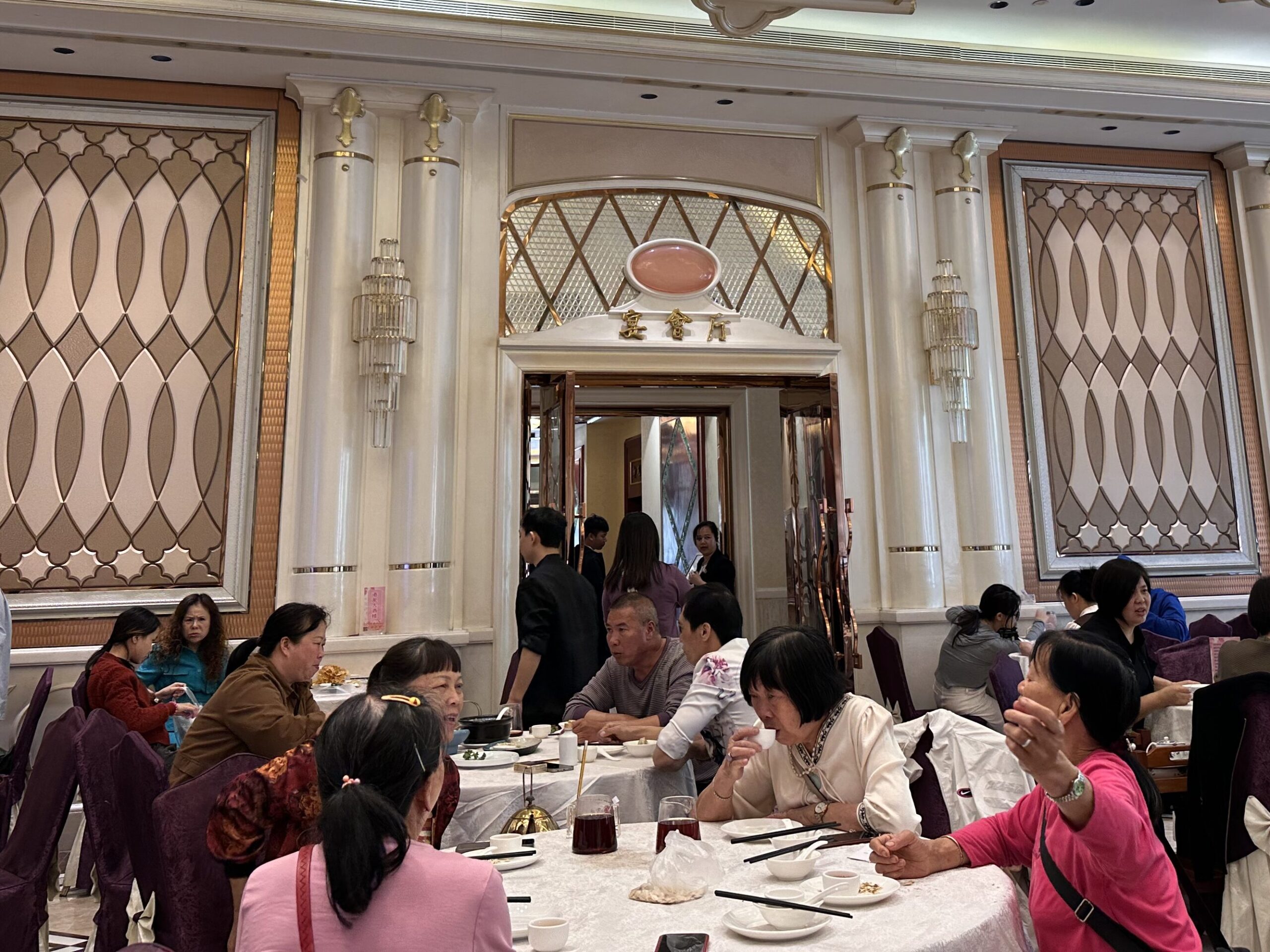
(A Breakfast Tea at Zhongshan, Guangdong Province, China)
Each of these moments taught me something unique – not just about the food itself, but about the people and the culture behind it. I loved watching which dish disappeared fastest at a banquet, or the grandma gently picking out the best food for her grandson before anyone else could touch it. I loved how Cantonese diners use their index and middle fingers to double-tap the table in thanks when someone tops up their tea. I loved seeing a proud spice shop owner explain the difference between two kinds of red chili peppers that looked identical to most people.
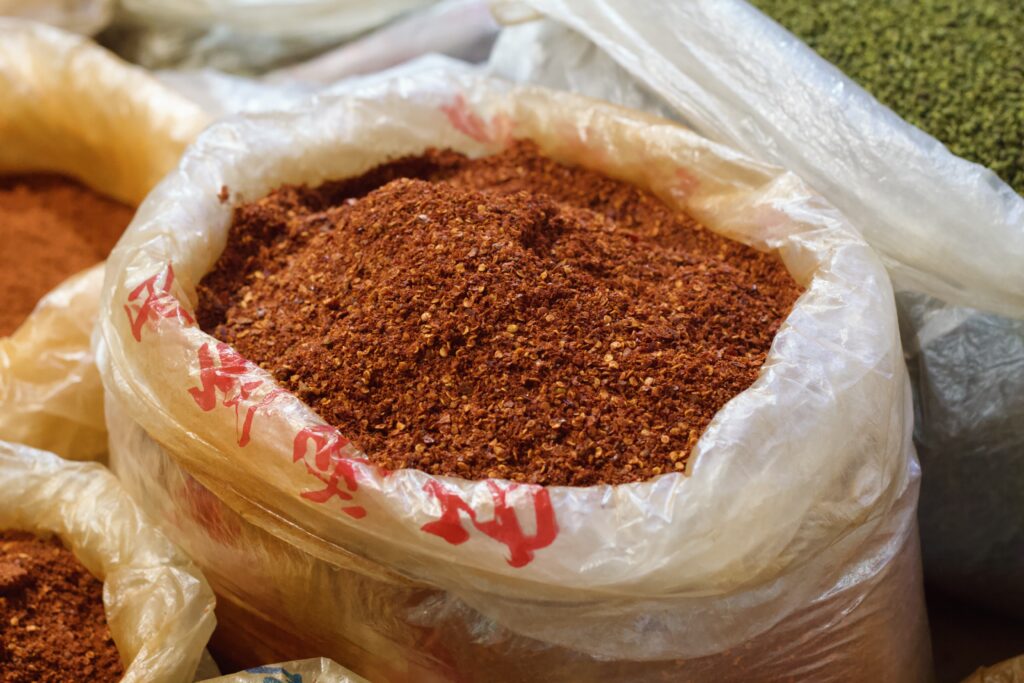
(Spice Shop in Sichuan)
In an autumn afternoon in Ottawa, Canada, I sat with my classmates at Le Cordon Bleu, watching chefs from the Japanese Embassy demonstrate how Koji is made – a cornerstone of Japanese cuisine. Just like in France, where chefs are honored as Meilleur Ouvrier de France (MOF), Japan treasures its tradition of 職人精神 (Shokunin Seishin) – a spirit of craftsmanship passed down through generations.
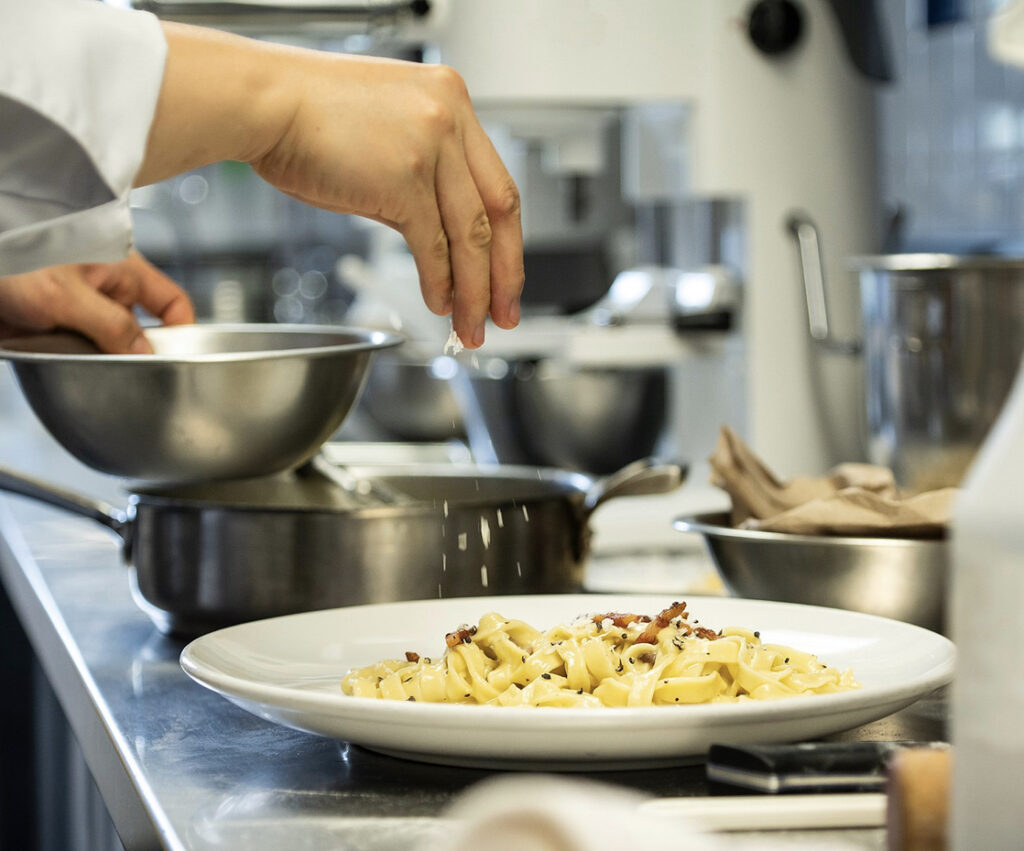
(Me Pictured at Le Cordon Bleu Ottawa)
I watched a Japanese chef peel paper-thin sheets of turnip with his knife, never once breaking the ribbon. And I wondered: are there still experts in China who quietly carry on thousand-year-old culinary traditions? Had I unknowingly passed them on the street – keepers of wisdom I might never learn unless I asked? Therefore, the second of part of my discovery journey began.
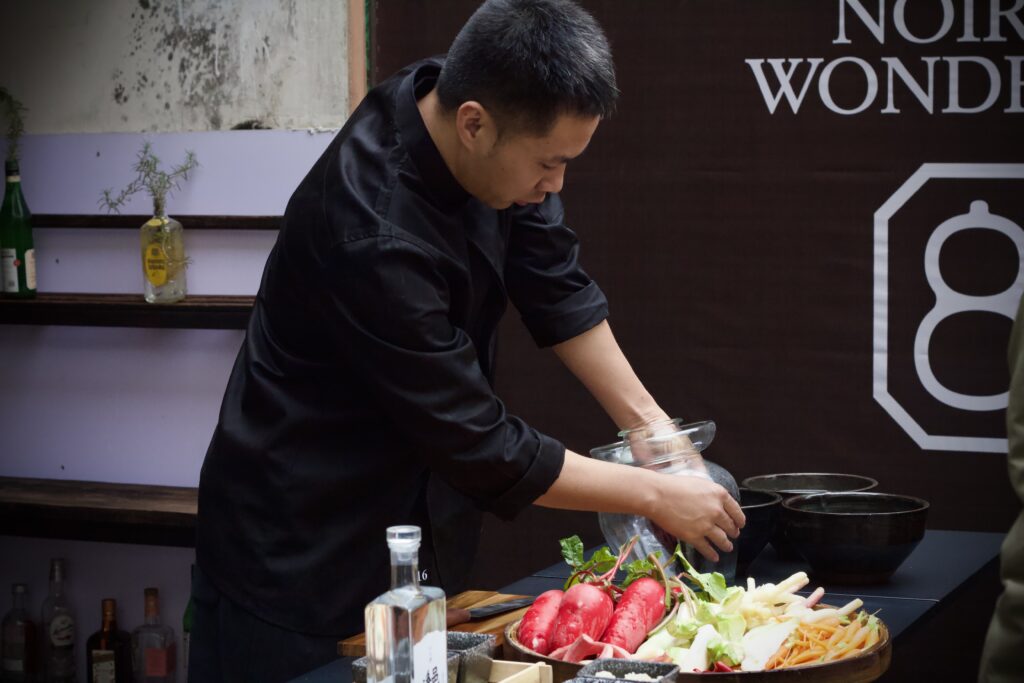
(A Chef in Sichuan preparing for Tiaoshui (Diving) Pickles)
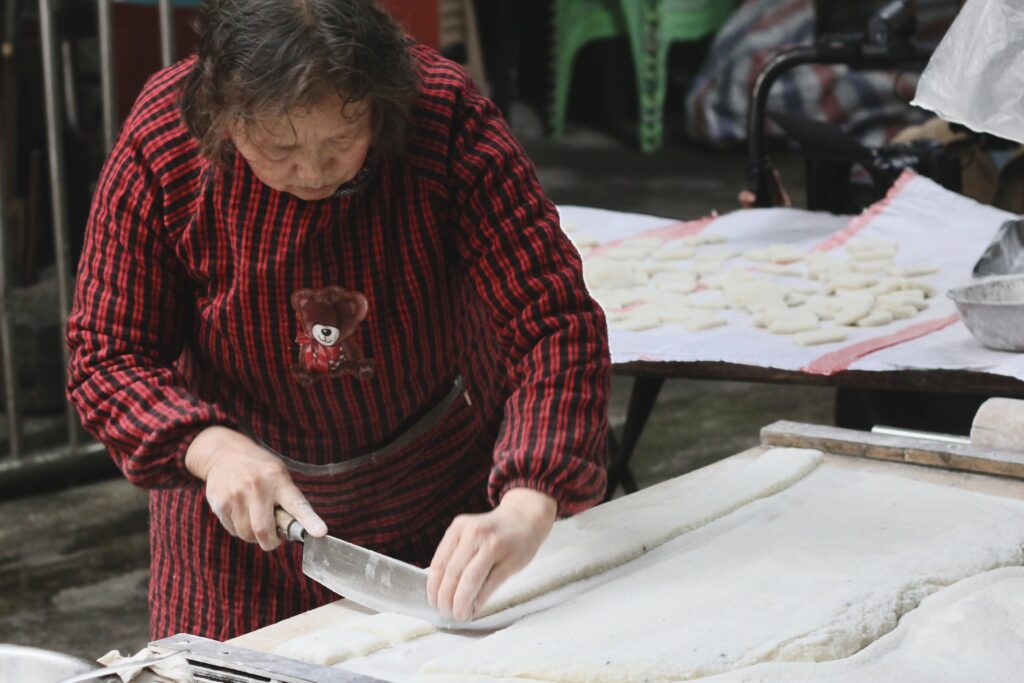
(A “嬢嬢” pronounced, Niang Niang, meaning “auntie” in Sichuanese, cutting Ciba – glutenous rice cake in an open food market)
I soon realized the most challenging problem – where do I even start? China is vast – not just in geography but in the diversity of its people, dialects, and traditions. Naturally, its cuisine is equally varied. I faced what I call a “fortunate dilemma”: there were so many places to explore and people I could reach out, but in the meantime, I had no clue.
Back in Canada, I often wandered through bookstores for inspiration. So, I tried my luck in Beijing, China. As I browsed through traditional Chinese cookbooks and translated Jamie Oliver titles, one cover caught my eye: a bold tomato and the words Chi Suan! – “Taste the Sourness.”
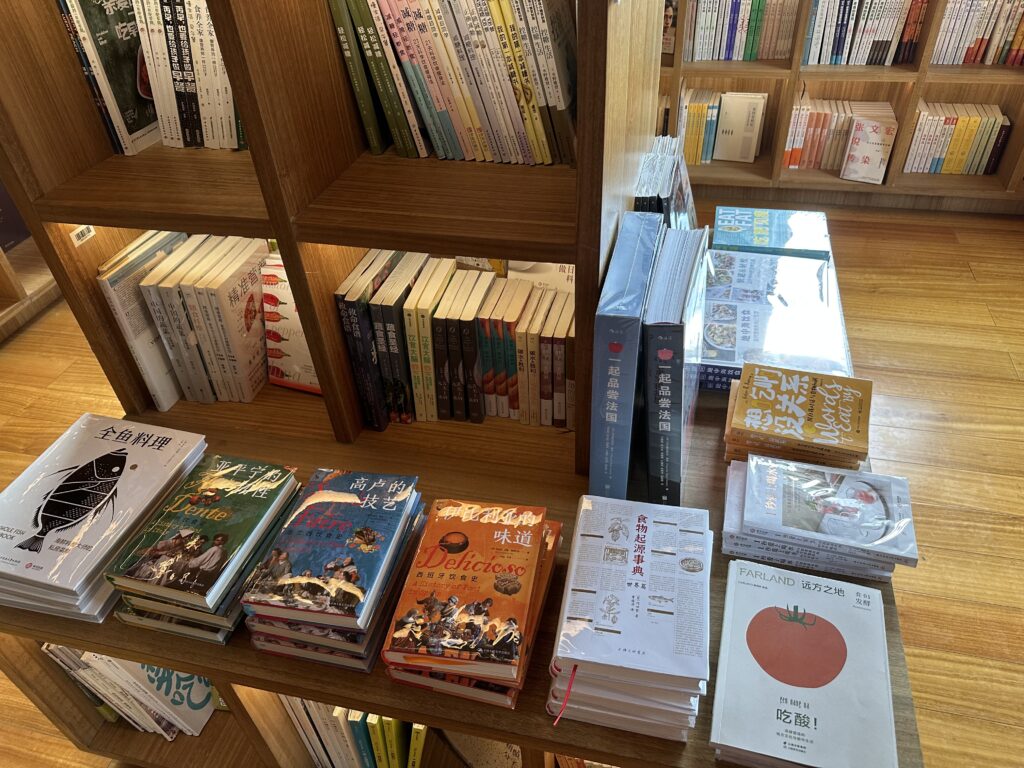
(At PageOne in Beijing, Chi Suan! – Bottom right corner)
It was the summer of 2023, as China just reopened from quarantine and people were flooding restaurants in what the media called “revenge dining.” I had come home from Le Cordon Bleu Madrid, where I had seen firsthand how Europeans adored Japanese food, while Chinese cuisine was still reduced to “cheap buffet” stereotypes. I had also just experienced a wave of Sinophobia in North America where people either openly showed hostility or treated you with forced politeness. I knew I had to do something. Maybe something small. But something meaningful. For others, and for myself.
The book Chi Suan! introduced me to the fermentation culture of an ethnic minority in Guizhou province. There were no celebrity chefs, no Michelin stars. Just humble grandmothers and local cooks fermenting everything by instinct and memory – recipes handed down through generations. I became obsessed with how they use a special kind of small tomato to make suan tang (sour soup), and how this tradition emerged through geography, history, and cultural adaptation.
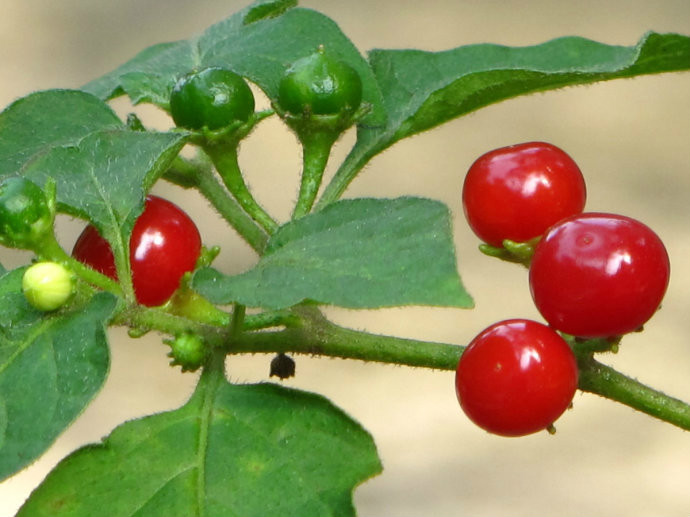
(Mao La Guo – Guizhou Cherry Tomato, Credit: Sina.com)
It connects all the dots, and I realized that this is something I want to do. Not necessarily writing cool magazines and books like my partners, but to bring people to the places in China to see, to explore and to taste what China is really like. As my lucky stride continues, everything just falls into place after that. Although there were so many discussions and sleepless nights that I wondered if I was doing the right thing, some force in nature always pulls me back; although there were road bumps or sometimes even blocks on this path to take people to experience something authentic and breathtaking, here we all are, with our snout sniffing nonstop, constantly discovering the truffles of life through food. We want to share these precious moments with you.
As people in Sichuan do their “Grand Nine Dishes Banquet” to celebrate special occasions with their local community, we feel the truffle is only special when shared with loved ones. This is our invitation for you to explore and understand the world better, one bite at a time.

(Sagrada Familia, Spain – “Give us this day our daily bread”)
Join us at Snout & Seek, the journey has only just begun.
